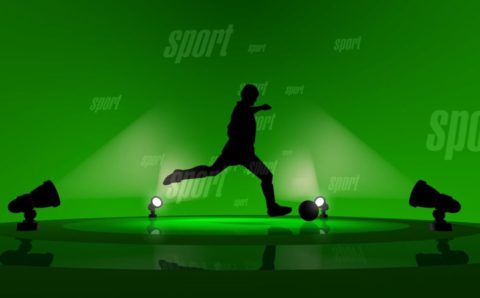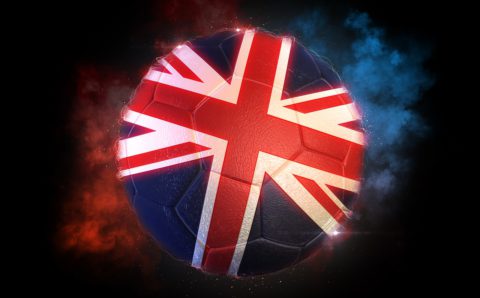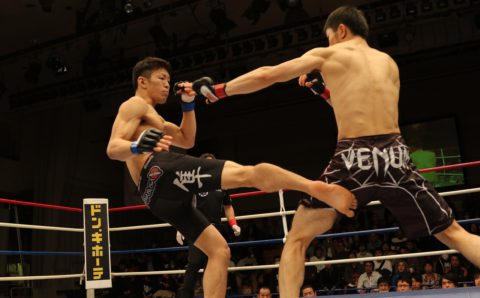Everyone likes to play sports, even those people who have a bit more work to do prior to playing a sport. What does that mean? Well, some people have it tougher than others. Some people have impairments which make things difficult for them. Adaptations to the sports rules are necessary as well as finding a way to create a safe environment for those who want to participate.
Visually impaired tennis is an interesting sport. How does it work? What are the rules? Here is everything you need to know about visually impaired tennis.
Impairment Classifications
As with every sport where disabilities and impairments are included, there have to be different categories because not everyone has the same level of impairment. With tennis, the impairments are classified from B1 to B5.
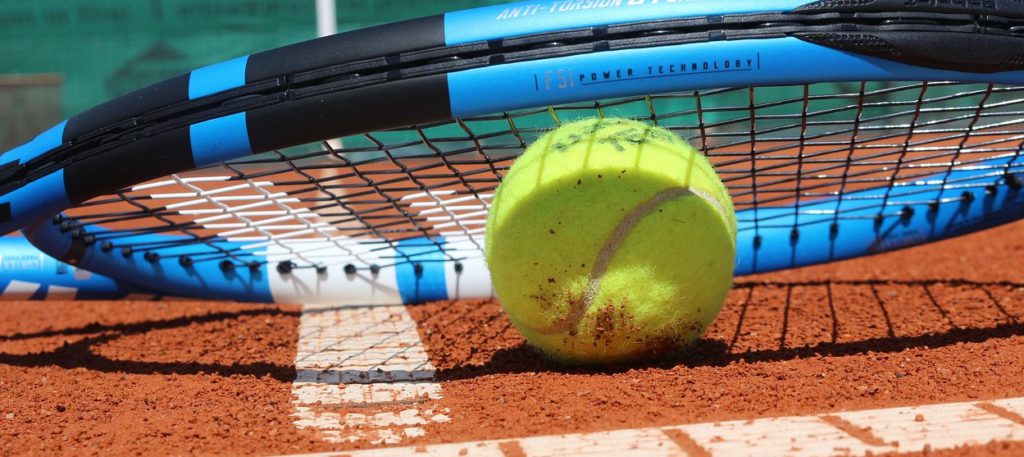
B1 – Up to Barely Recognizing Shape
This level of impairment means no light recognition or some light recognition up to barely recognizing shapes.
B2 and B3
These two often go together. These categories include a usable level of partial vision. People who are B3 can often see better than those who are B2.
B4
B4 is often the limit for other sports and B5 is only present in a couple of sports. B4 means that anybody who can see more than 25%, which is a rough estimate, cannot be in this category. But, deciding who’s in B3 and who’s in B4 is also a difficult choice to make.
B5
B5 is a tricky one because most sports don’t recognize this level of sight as an impairment. In tennis, however, it is considered an impairment and B5 level players can play the game versus other B5 players.
Court Size and Markings
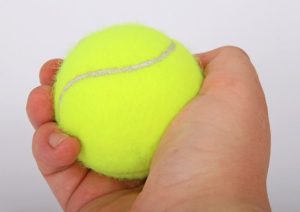
For the B1 category, tactile markings are a must and will be present on all lines except the service box lines. The court will also be a lot smaller than the regular court. It will also be smaller than the B2-B5 court.
The B2-B5 courts use the same service line as the regular size courts. The court is however, not as long as the regular court and is 18.28 meters compared to the regular 23.77 meters. Extra thick tape is often used to mark the court.
Rules of Play
The B1 and B2 category can have up to 3 bounces of the ball. The B3 category can have two ball bounces while the B4 and B5 categories have one bounce. Players must signal the other player when serving with a ready, to be replied with a yes, before serving. Rackets can be standard size or larger, depending on your choice. Audible balls can be used, any kind, but the Japanese ball is often recognized as the one to get for tournaments.
The visually impaired can also play tennis, and now you know how!

